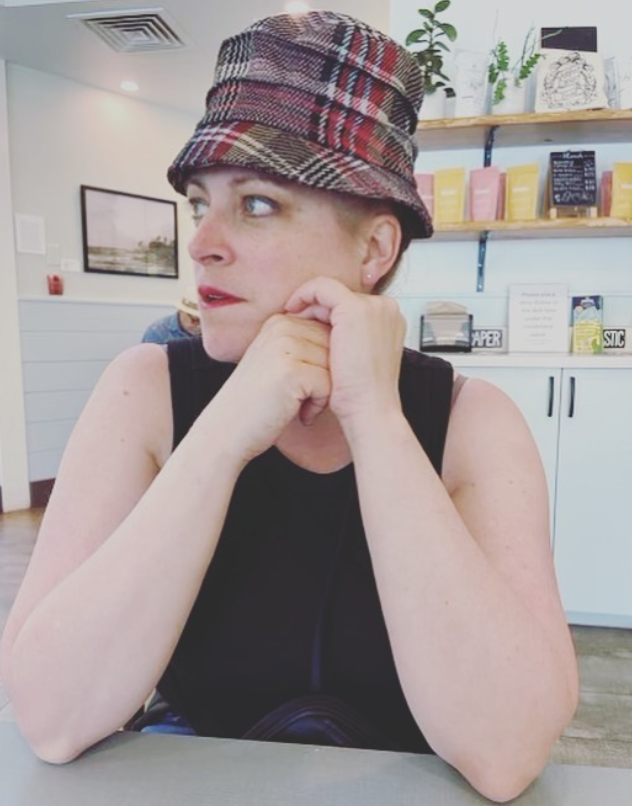Three Things About Elsie AND Teaching Nonfiction Writing to Kids
I love reading and writing nonfiction. While enjoying any book, I look for text formats that I can use with teachers and students.
THE BOOK
Recently I read, Three Things about Elsie, a fiction book for grown-ups. The title refers to a strategy in the book where a character engages her mind by trying to remember three things about someone. This format of summing up someone with three things works well for nonfiction writing too.
THE CONNECTION
On Monday, I read this post about intentionally choosing facts to be included in children’s nonfiction books. As seen in the post, two books about George Washington are placed side by side. One book has everything there is to know about George Washington, the other book has selective information intended for children.
THE PROBLEM
When we have students write nonfiction, we expect them to include most of the facts they find. Why do we do this? It’s too much information! This leads to students writing down a string of facts with no reflection. They are not writing in an engaging way because they have not engaged with the information.
THE SOLUTION
Have students be selective and intentional with the facts they choose to write about.
THE EXAMPLE
Let’s say I was going to write about octopuses. I brainstormed a list about octopuses from what I knew and from what information I discovered. (Note this is the correct plural form though Octopi can be used too.)
Octopuses
- Eight legs
- Live in the ocean
- Only live 1-2 years
- Swim along the ocean floor
- Swim in shallow waters
- Eat crabs, lobster and shrimp…and even sharks
- Seals and whales eat them
- Shoot ink to confuse predators
- Camouflage
- Change color to communicate
- Live alone
- Live in dens made of rock
- Move the dens with them
- Can make a door for their den
- 5 cm long to 5.4 m long
Sources:
So, what are three things about an Octopus?
As you can see, there are some things that we already know.
Which three things would you pick?
Obvious ones….no, like having eight legs. That information can added in the final report through a labeled drawing or image.
Likely, you would choose the surprising things, the facts that are new to you or interesting to you. So instead perhaps the question to fill out is:
Three Things I Think You Should Know about Octopuses
rather than…
Three Things that are Most Popular or Common about Octopuses
YOUR TURN:
Pick an historical figure, a science topic, a social topic, an animal/creature etc…it doesn’t matter.
- First make a list of all the things, you think you know.
- Then find a reputable website and do a bit of research and add new information to your list.
- Next select the three things (facts) from the list you think *people should know about (INSERT your TOPIC). *Note: I must add that it is beneficial to choose your “people”. Who are you collecting this information for? Is it for other teachers? Students that you teach? Just for yourself? Who are your people? (audience) Selecting an audience is an important step for determining your top three facts. Choose facts that are interesting to connect with and explore further.
You now have your top three things. In a later post, I will develop this idea further and give you the next steps. If you like, please add your topic and top three things in the comments below.
Until Next Time,
Love Coach Clark

